Hi there, pet lovers! 🐸
If you’re looking for a pet that’s equal parts fascinating and low-maintenance, the Pacman Frog (Ceratophrys ornata) might just be the perfect choice. Known for their round, comical appearance and insatiable appetite, these frogs are a favorite among amphibian enthusiasts. But are they the right pet for you?
In this detailed review, we’ll cover everything you need to know about Pacman Frogs—from their unique behaviors and care requirements to their costs and availability. Whether you’re a first-time frog owner or an experienced keeper, this guide will help you decide if this chunky, charismatic amphibian belongs in your home.
Overview
Pacman Frogs, also called South American Horned Frogs, are stocky, ground-dwelling amphibians native to the rainforests of South America. They’re famous for their huge mouths, voracious appetites, and sedentary lifestyles. Here’s a quick summary of what makes them stand out:
- Handling and Temperament: Minimal handling recommended; may bite if provoked.
- Care and Maintenance: Easy but requires specific humidity and substrate conditions.
- Health and Durability: Generally hardy but sensitive to poor husbandry.
- Availability: Widely available, but buy from reputable breeders.
- Cost: Affordable to purchase and set up.
- Overall: A great pet for those who prefer observing over handling.
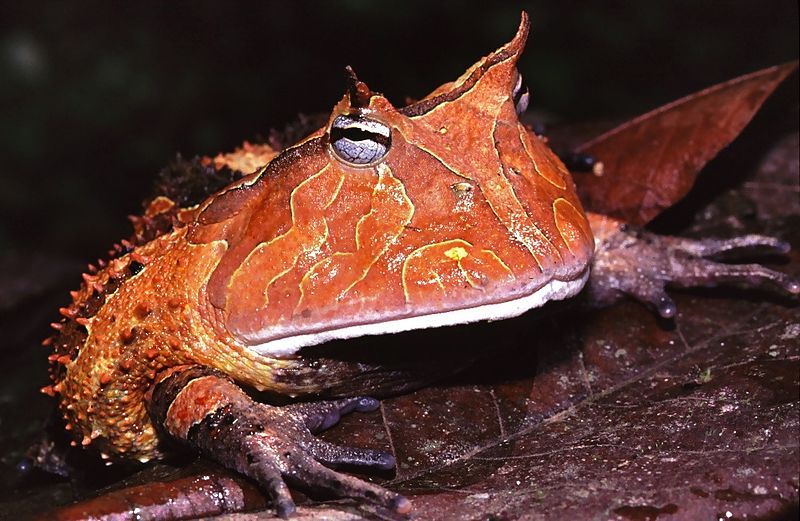
Why Choose a Pacman Frog?
Pacman Frogs are ideal for people who want a visually striking, low-energy pet. Unlike active reptiles or amphibians that need climbing space, these frogs are content sitting in one spot, waiting for food to come to them. Their easy care requirements and unique personalities make them a fantastic choice for beginners—as long as you don’t mind a pet that’s more for watching than interacting.
Key Reasons to Consider a Pacman Frog:
✔ Low space needs – A 10-20 gallon tank is sufficient.
✔ Simple diet – Eats insects, worms, and even small rodents.
✔ Unique appearance – Comes in multiple color morphs (albino, green, strawberry).
✔ Long lifespan – Can live 10-15 years with proper care.
Handling and Temperament
Pacman Frogs are not pets for frequent handling. Their sensitive skin absorbs oils, chemicals, and bacteria from human hands, which can harm them. Additionally, they have a powerful bite—thanks to their sharp teeth and strong jaws—and won’t hesitate to chomp if they mistake your finger for food.
Personality & Behavior
- Mostly sedentary – They spend 90% of their time burrowed or sitting still.
- Aggressive feeders – Will lunge at anything that moves near their mouth.
- Minimal social needs – Best kept alone (they may eat tankmates).
Handling Tips (If Necessary)
- Wear gloves to protect their skin.
- Avoid hand-feeding to prevent accidental bites.
- Keep handling sessions short (only when necessary, like during tank cleaning).
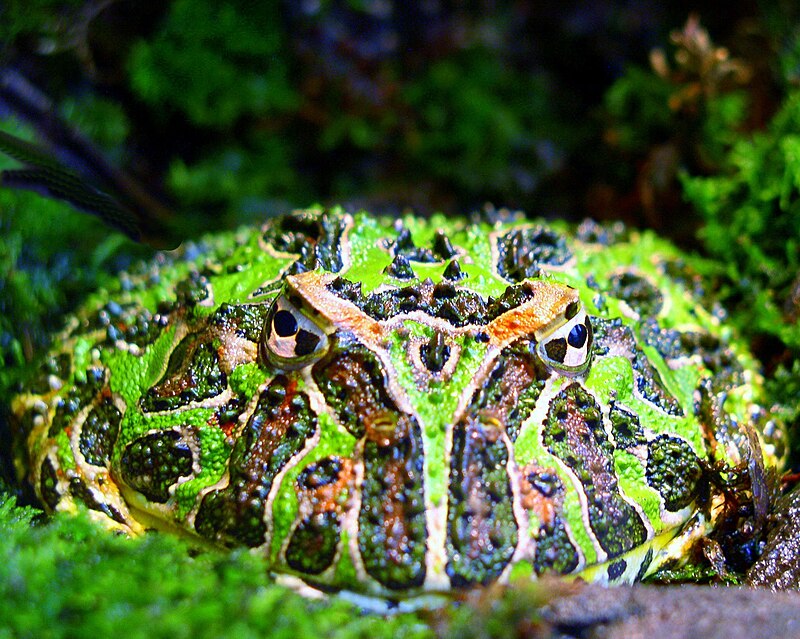
Care and Maintenance
Pacman Frogs are easy to care for, but they do need specific conditions to thrive.
Enclosure Setup
- Tank Size: 10-20 gallons for an adult (they don’t move much).
- Substrate: Coconut fiber or damp sphagnum moss (must hold moisture).
- Hiding Spots: Provide leaf litter or cork bark for burrowing.
- Water Dish: Shallow bowl (they can drown in deep water).
Humidity & Temperature
- Humidity: 60-80% (mist daily or use an automatic fogger).
- Temperature: 75-80°F (24-27°C) during the day, slightly cooler at night.
- Heating: Use an under-tank heater (avoid heat lamps, which dry them out).
Feeding
Pacman Frogs are voracious eaters and will consume:
- Crickets, roaches, mealworms (dusted with calcium).
- Earthworms, pinky mice (for larger adults).
- Commercial Pacman Frog diets (like Hikari Pac Attack).
Feeding Schedule:
- Juveniles: Daily/every other day.
- Adults: 2-3 times per week (avoid overfeeding).
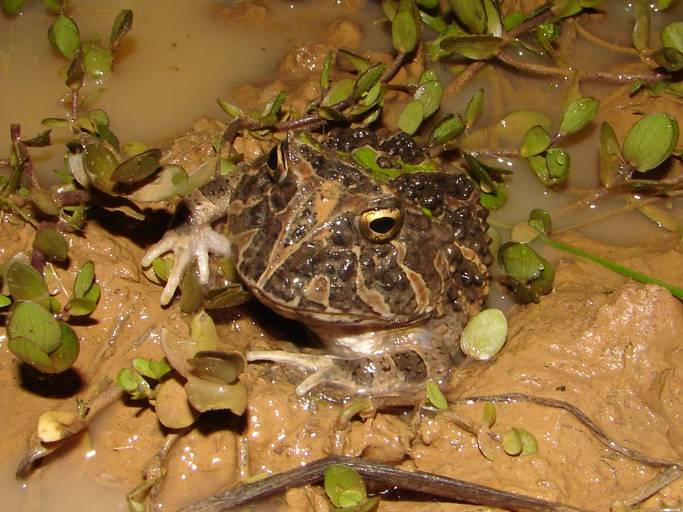
Health and Durability
Pacman Frogs are generally hardy, but poor care can lead to health issues:
Common Health Problems
- Obesity – Overfeeding leads to fatty deposits.
- Impaction – Caused by ingesting loose substrate.
- Skin infections – Due to dirty water or improper humidity.
Preventative Care
✔ Maintain clean water & substrate.
✔ Avoid handling unless necessary.
✔ Monitor weight (a healthy frog should be plump but not bloated).
With proper care, these frogs can live 10-15 years—sometimes even longer!
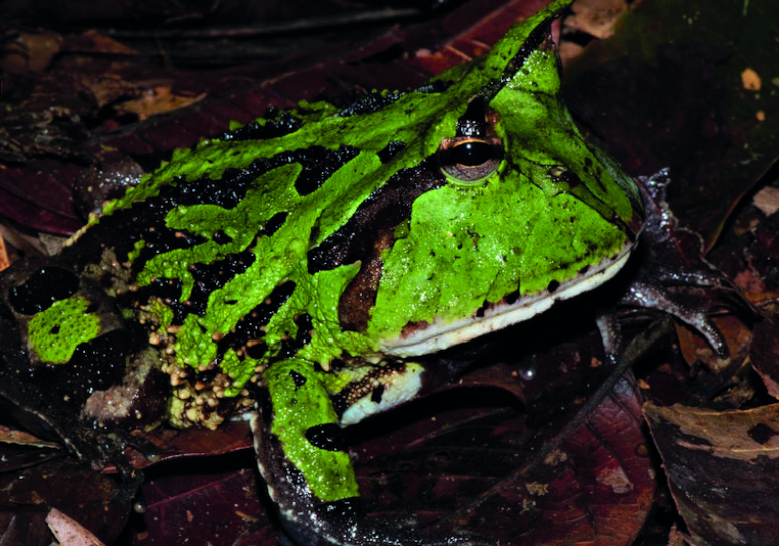
Availability and Cost
Pacman Frogs are widely available, but quality varies.
Where to Buy
- Reputable Breeders (best for healthy, well-cared-for frogs).
- Reptile Expos (great for seeing different morphs in person).
- Pet Stores (risk of unhealthy or wild-caught individuals).
Cost Breakdown
- Frog Price: $20–$100+ (depending on morph).
- Setup Cost: $100–$200 (tank, substrate, heating, etc.).
Pros and Cons
Pros
✅ Low-maintenance (compared to many reptiles).
✅ Unique, eye-catching appearance.
✅ Simple feeding routine.
✅ Long lifespan (10-15 years).
Cons
❌ Not for handling (bites can be painful).
❌ Requires consistent humidity.
❌ Can be messy eaters.
❌ Must be housed alone (cannibalistic tendencies).
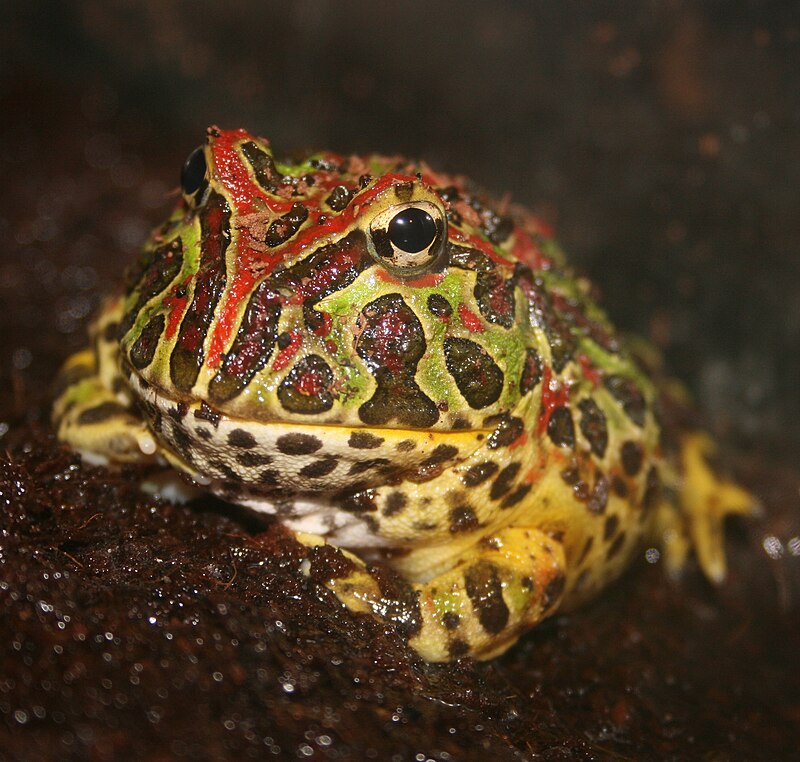
Final Thoughts
The Pacman Frog is a fantastic pet for those who enjoy observing rather than handling their animals. With their easy care, striking looks, and entertaining feeding habits, they’re a great choice for beginner and experienced keepers alike.
If you’re ready for a low-energy, high-personality pet, the Pacman Frog might be the perfect fit. Just remember—keep your fingers away from that mouth!
Have you owned a Pacman Frog? Share your experiences in the comments below! For more amphibian care guides, stay tuned to our blog. 🐸

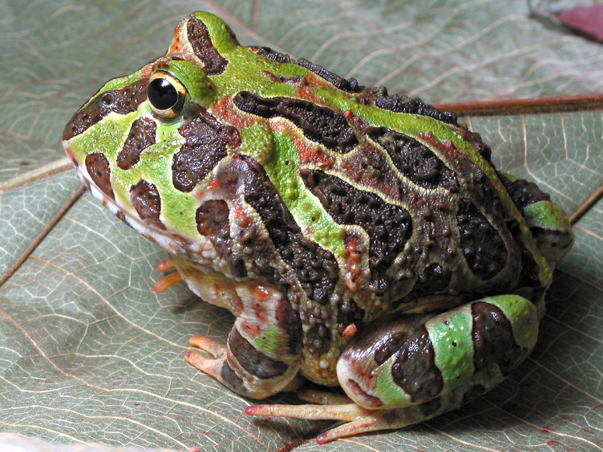


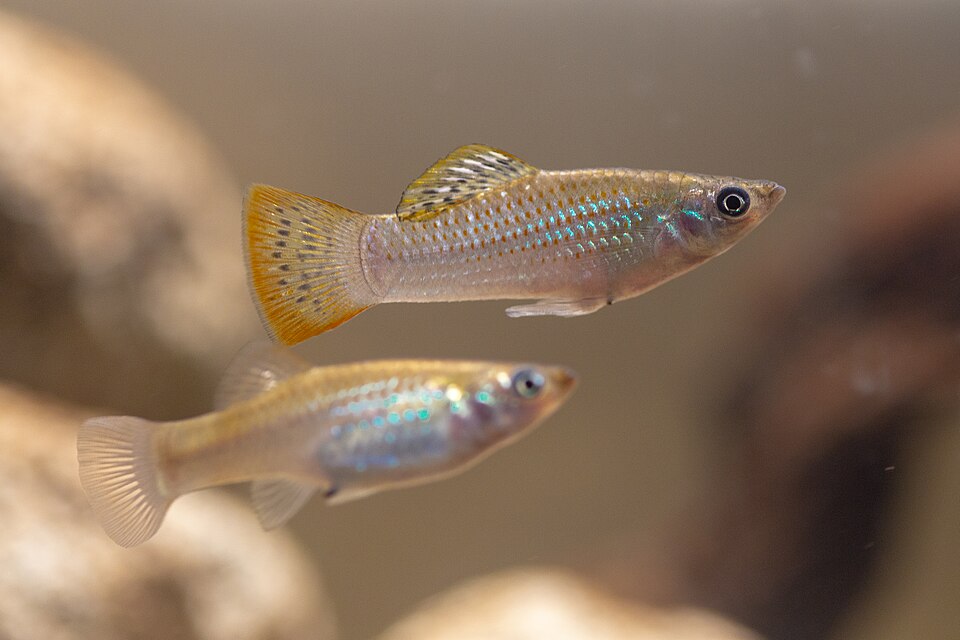
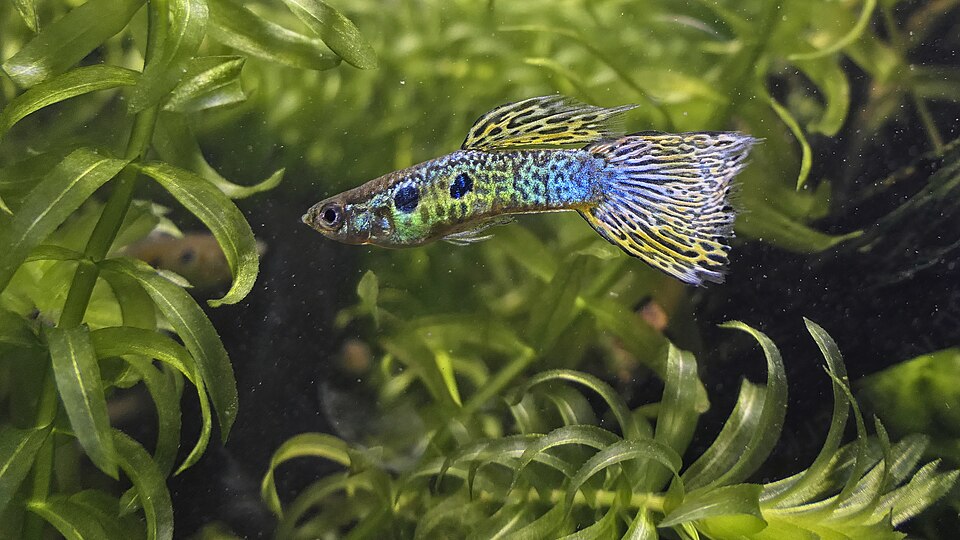
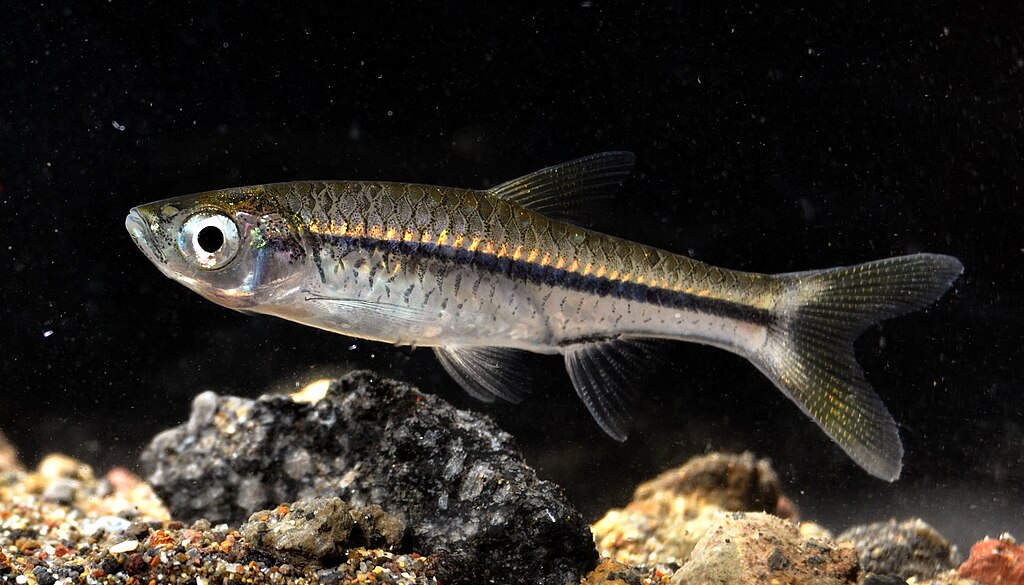
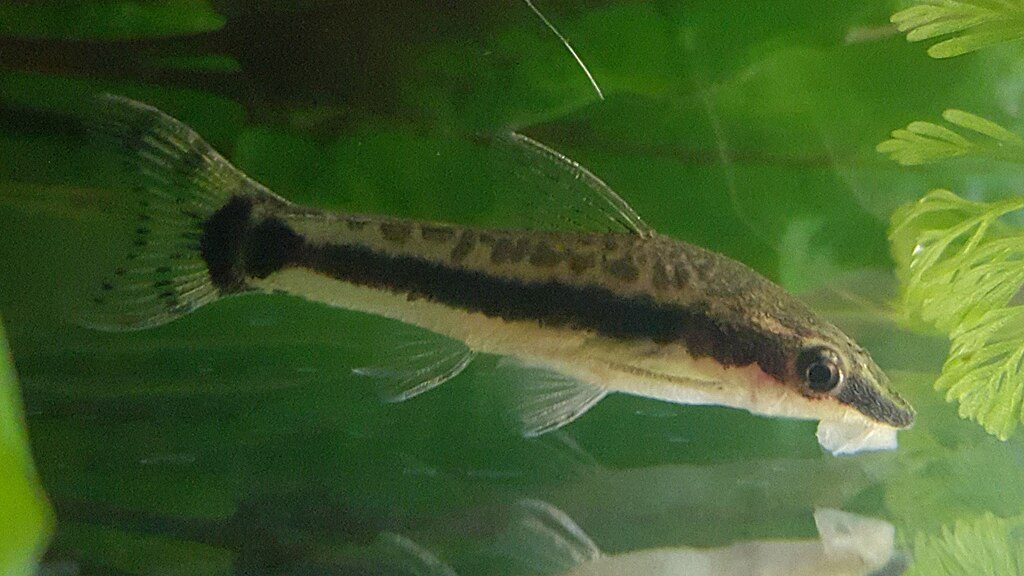
Leave a Reply